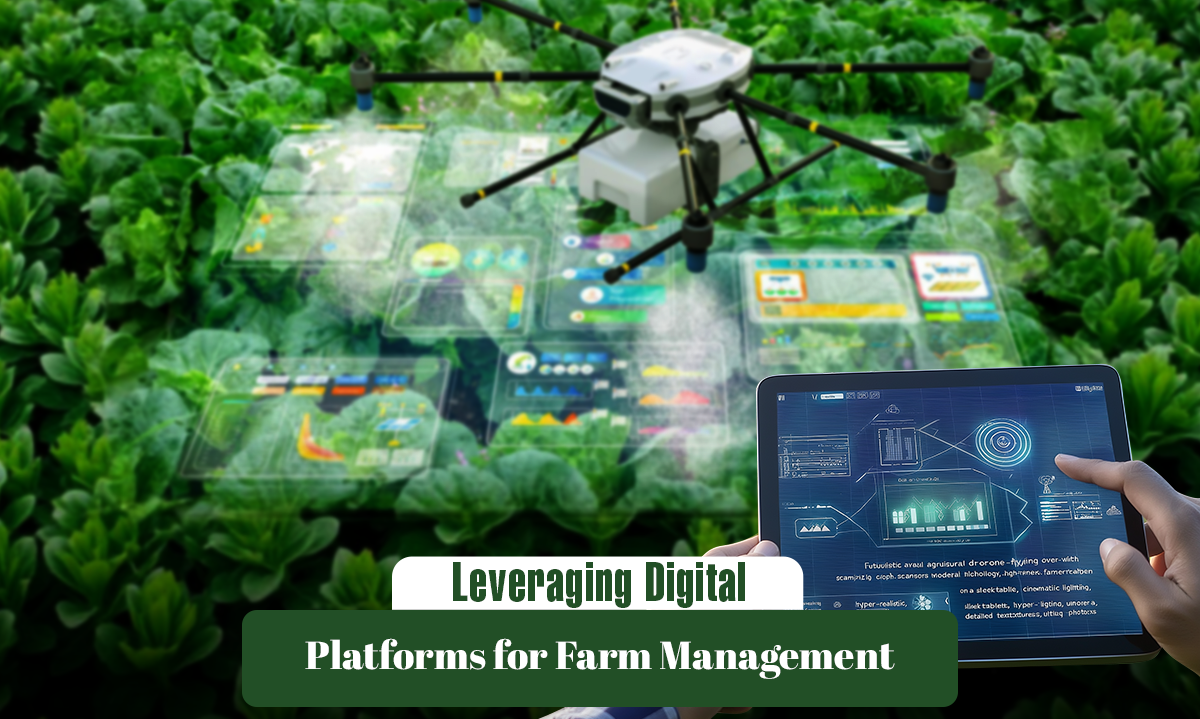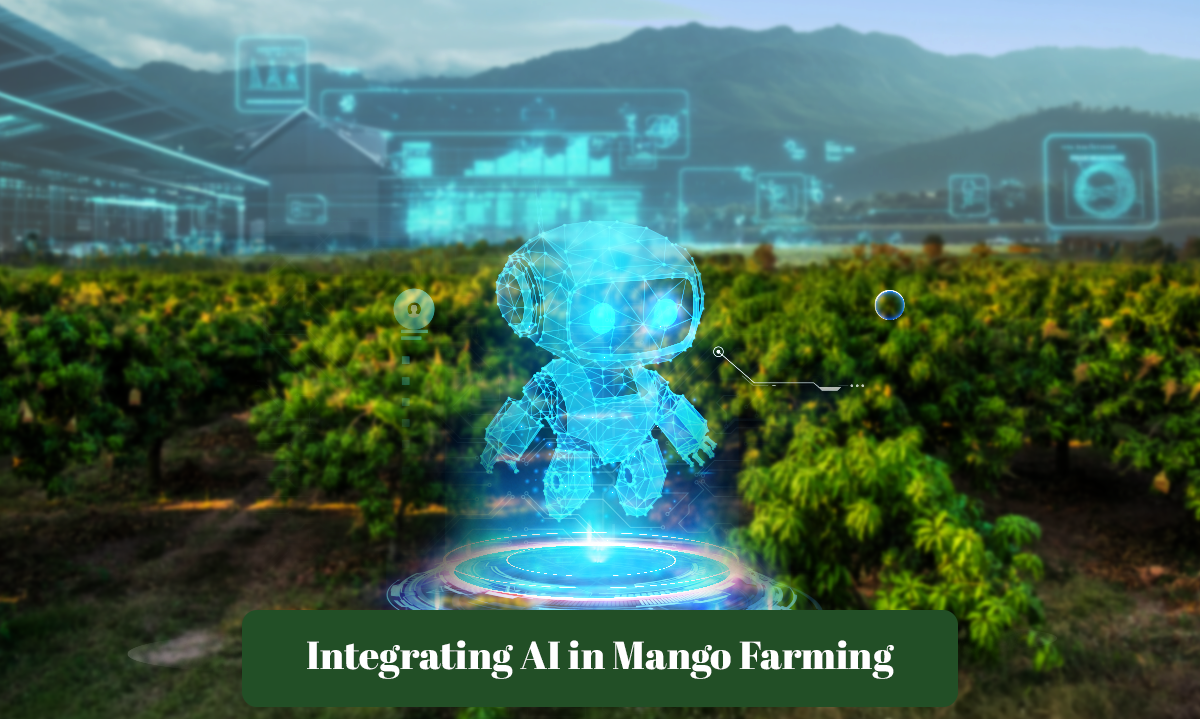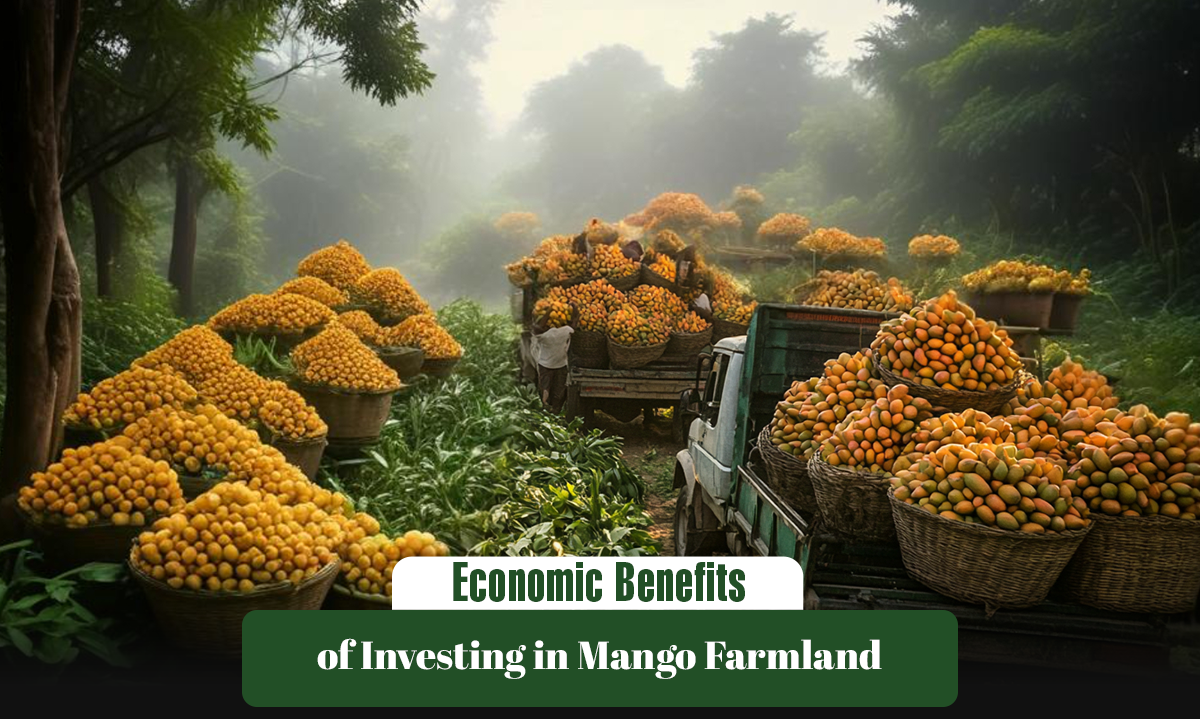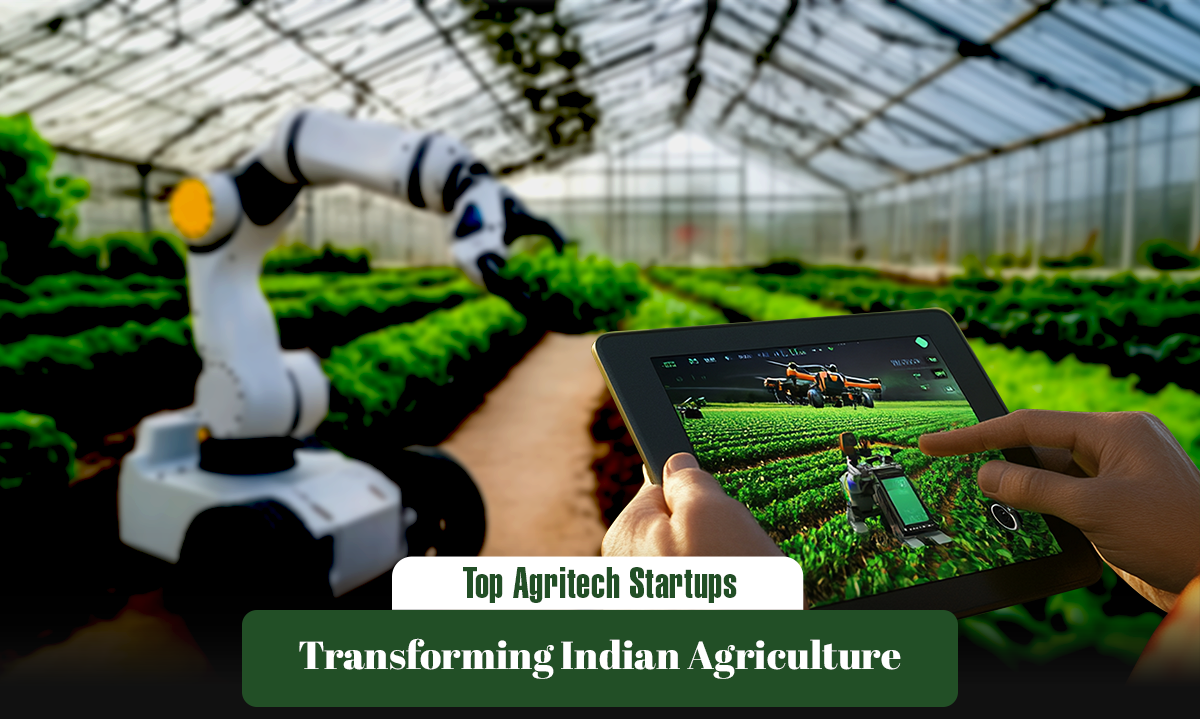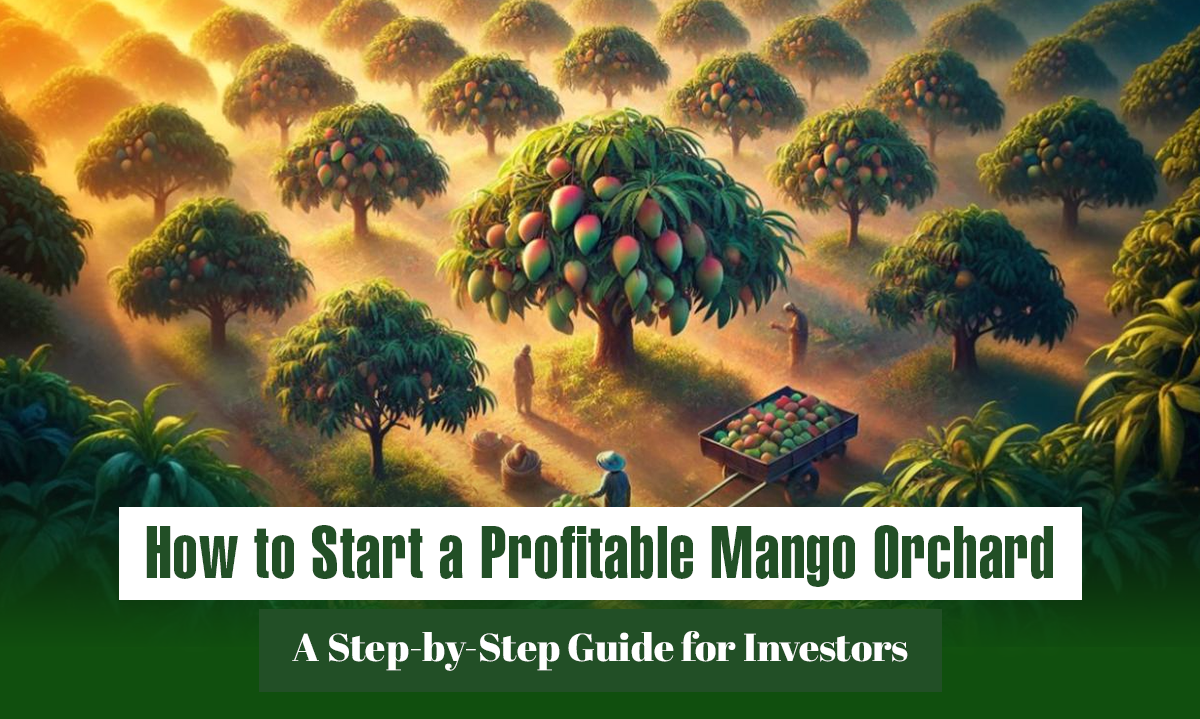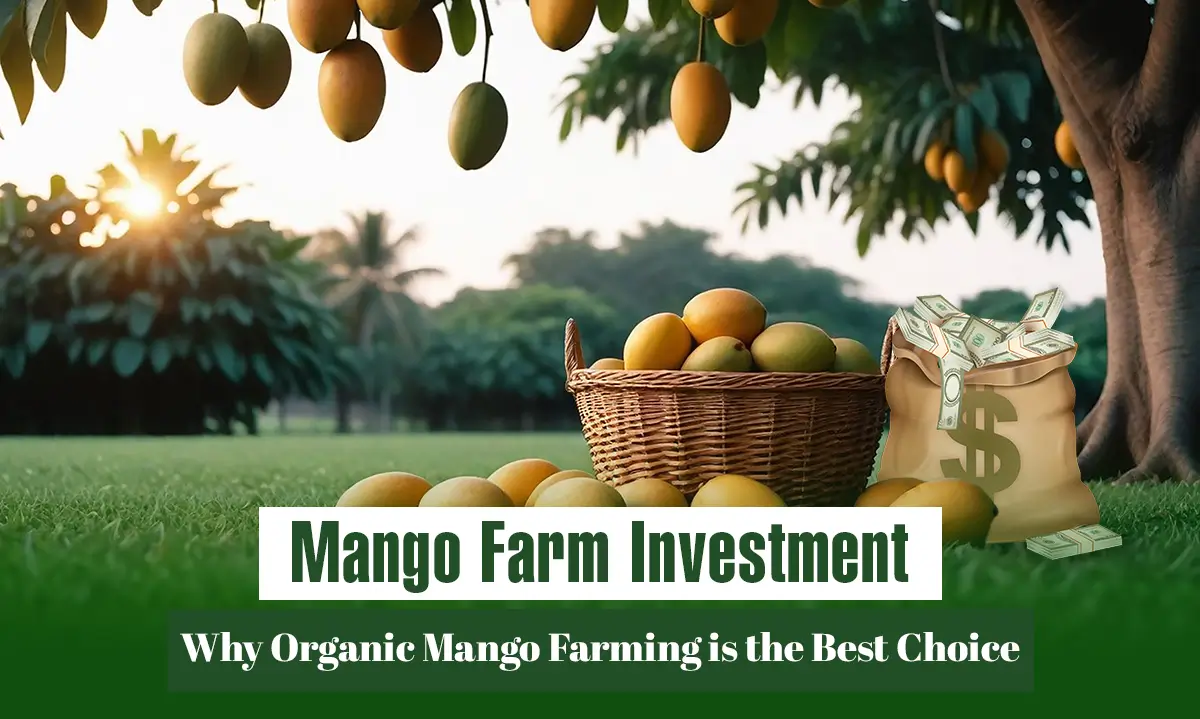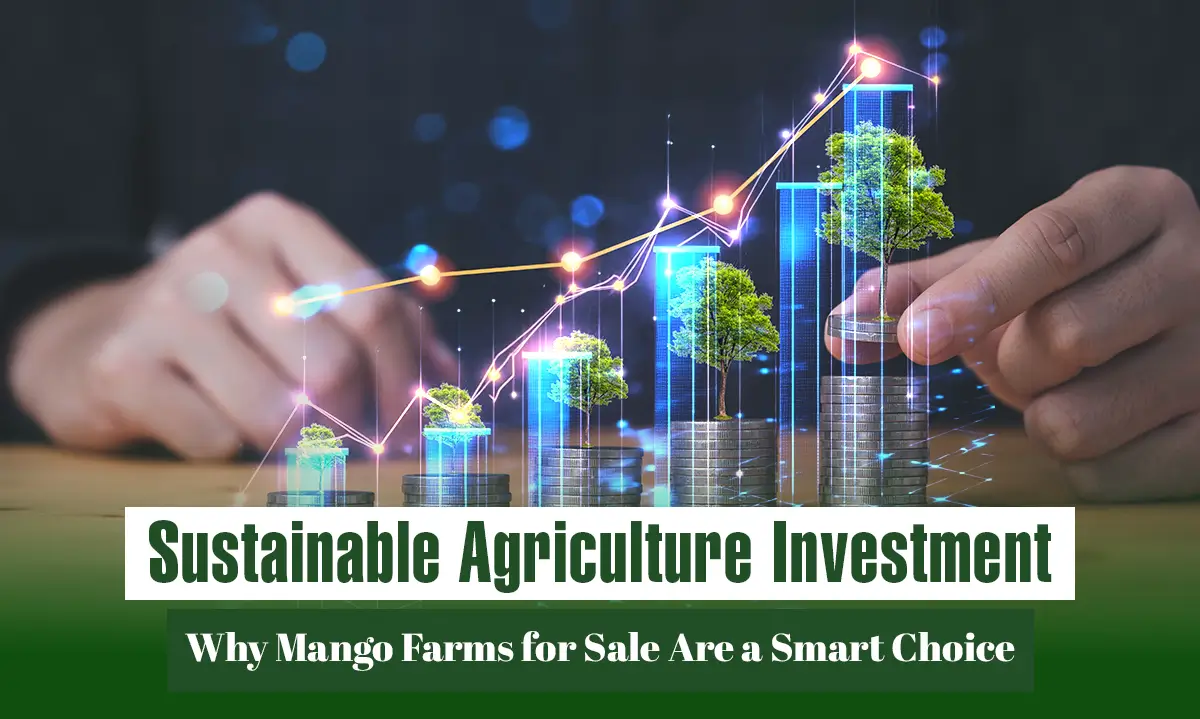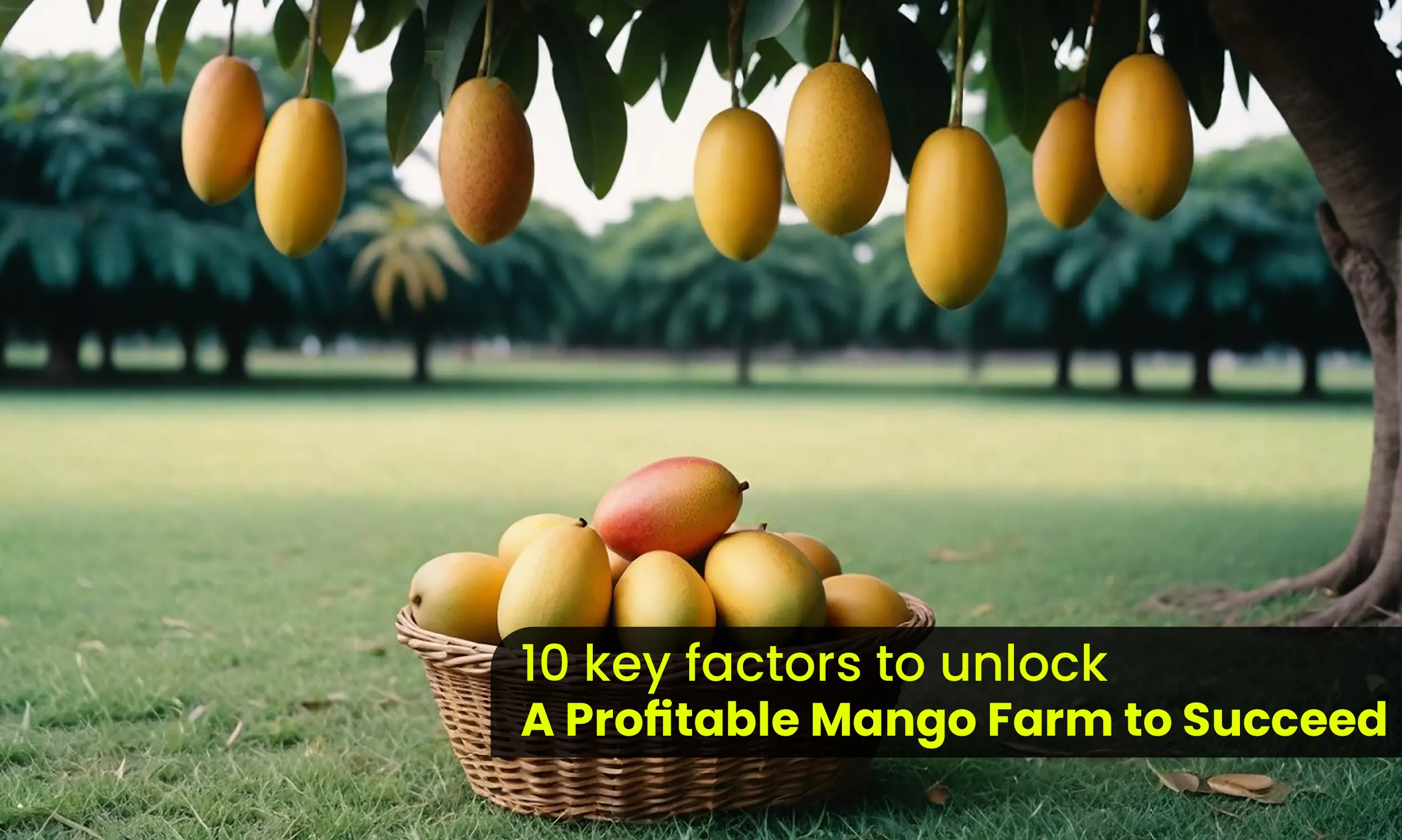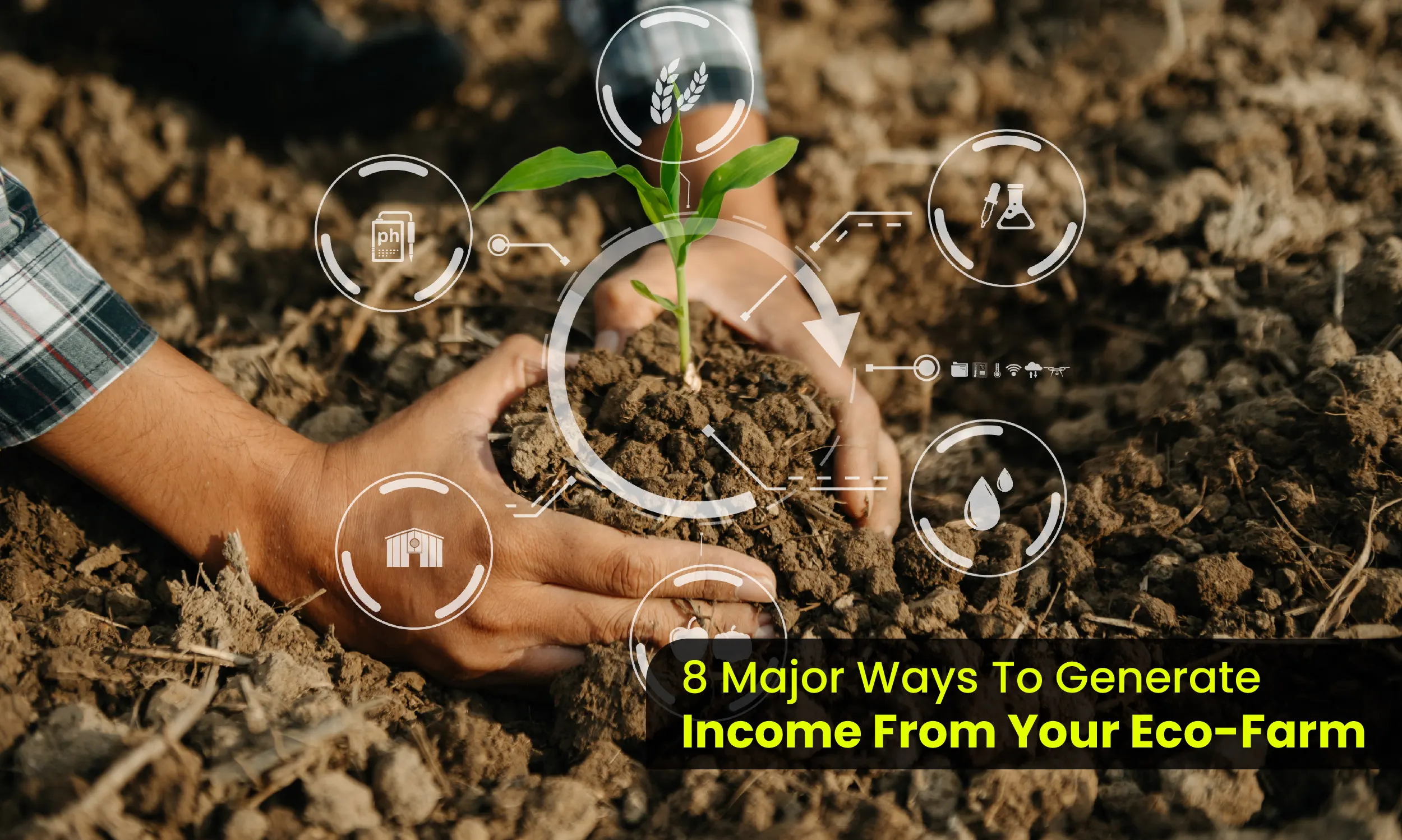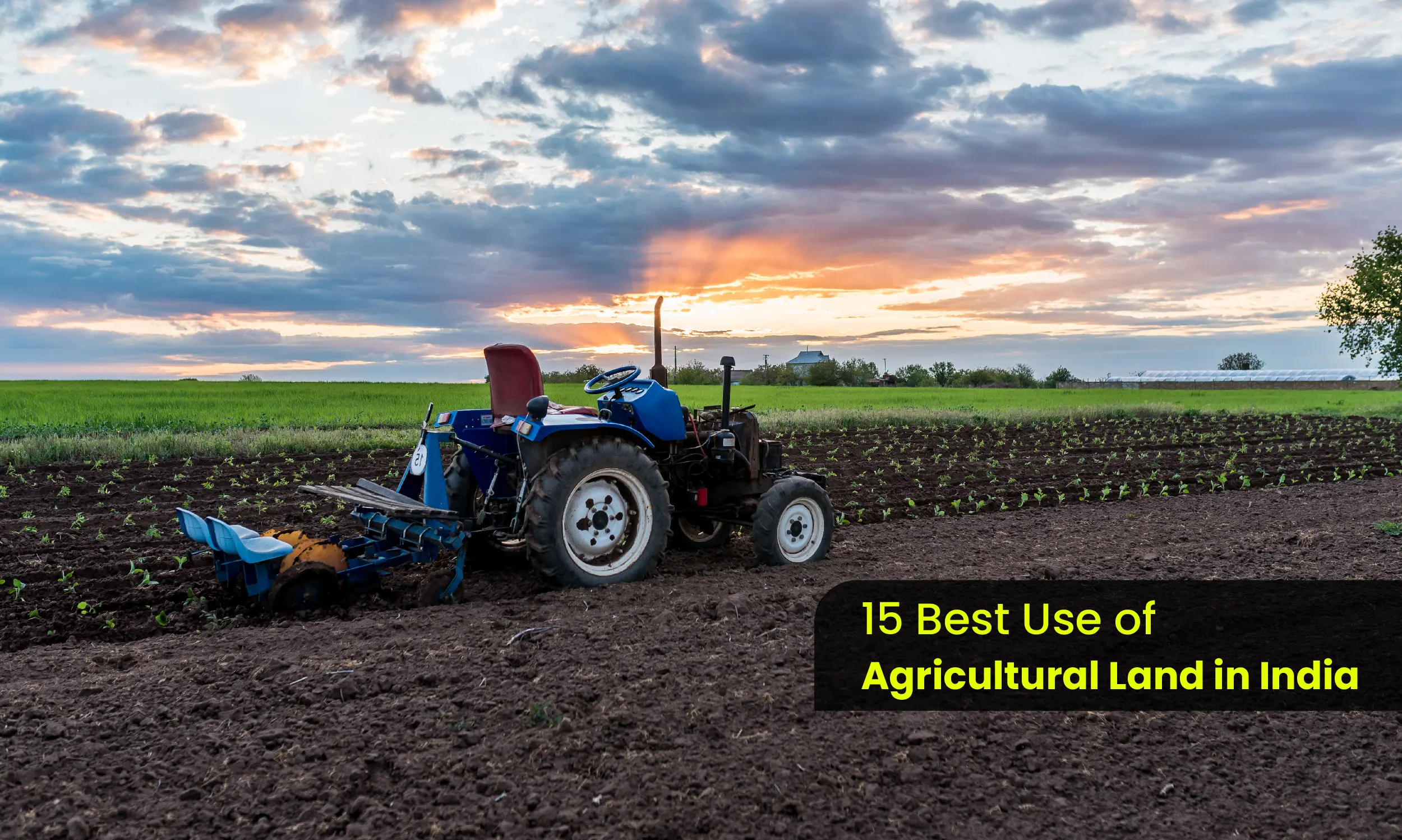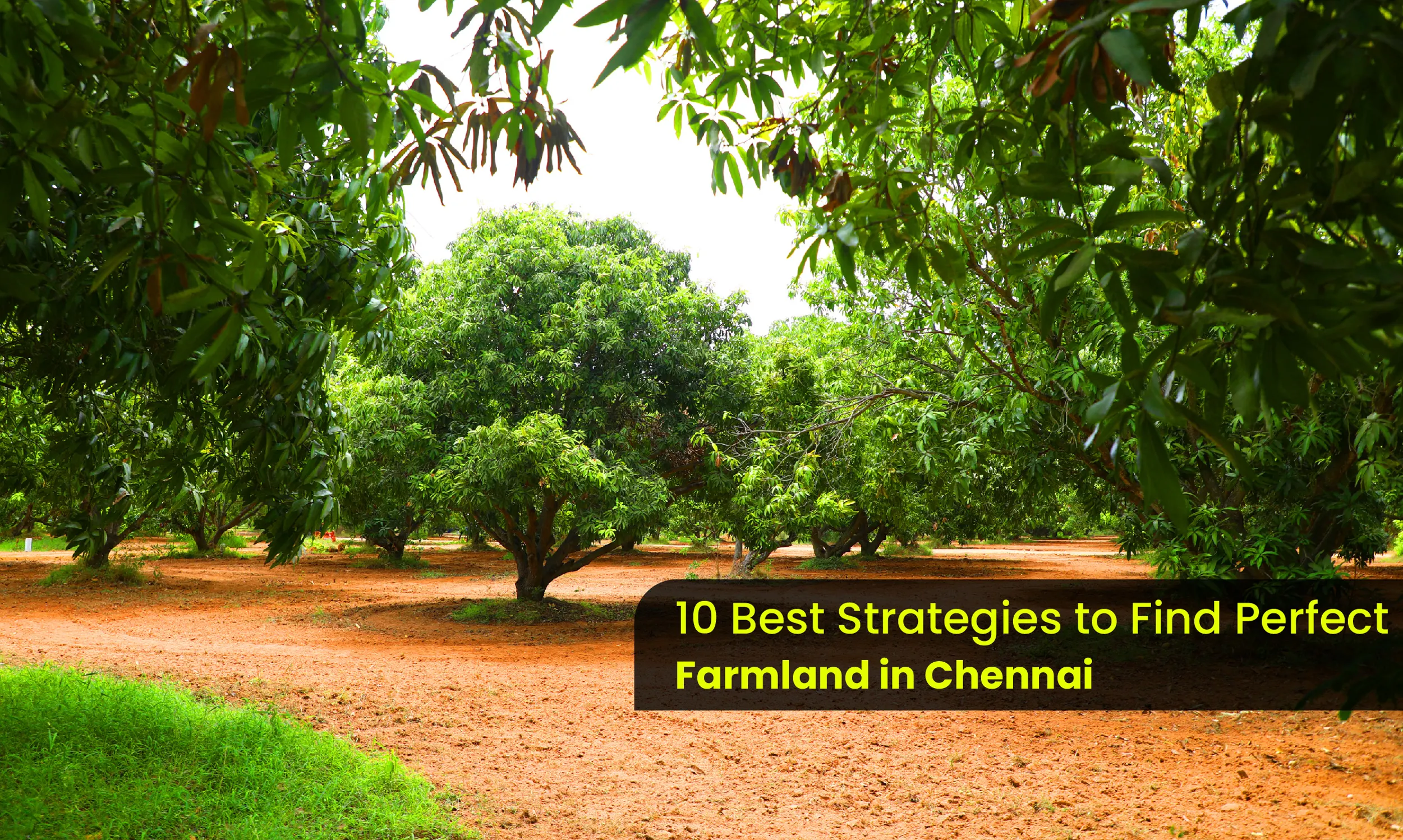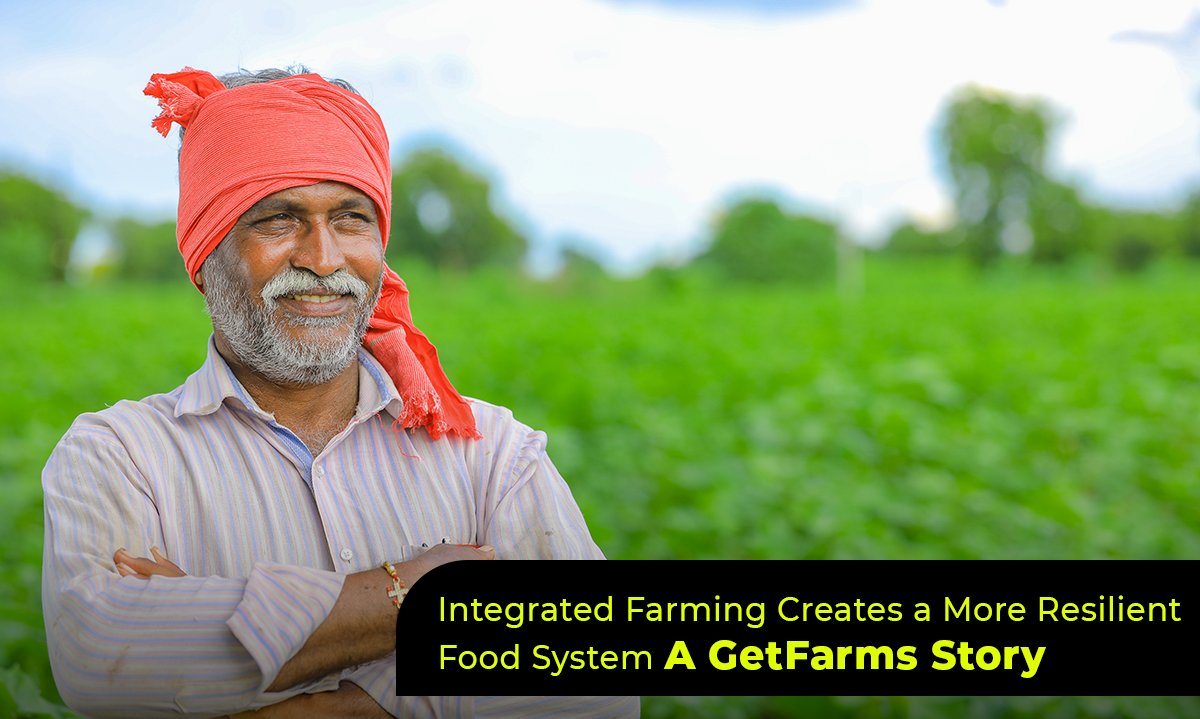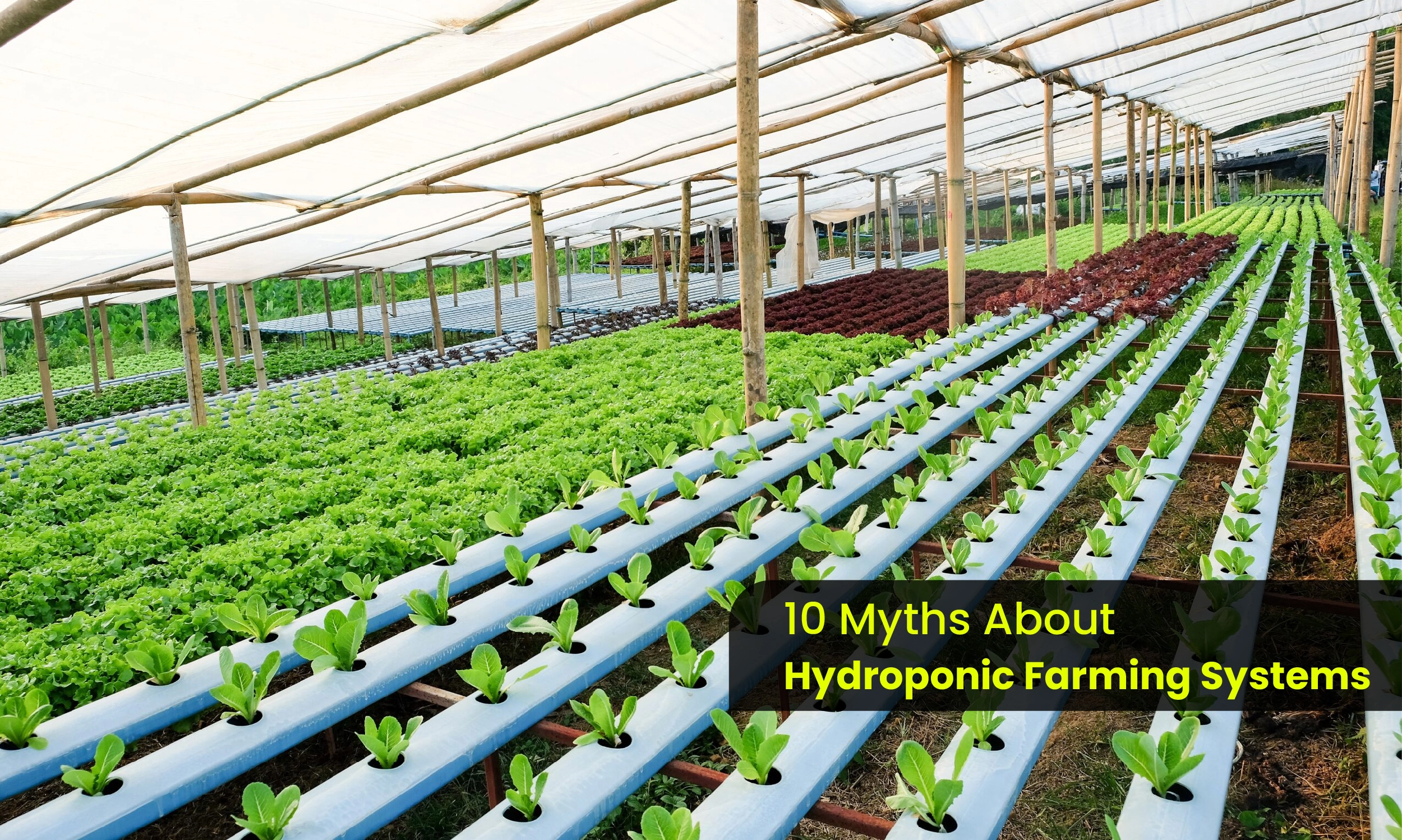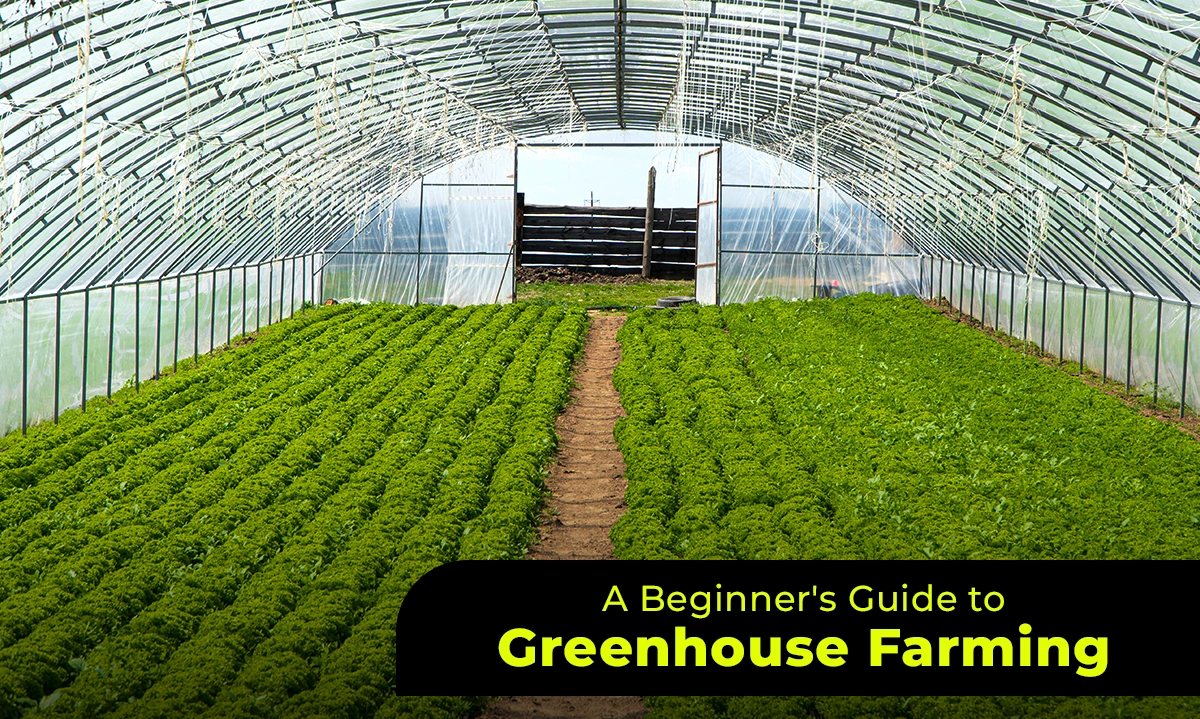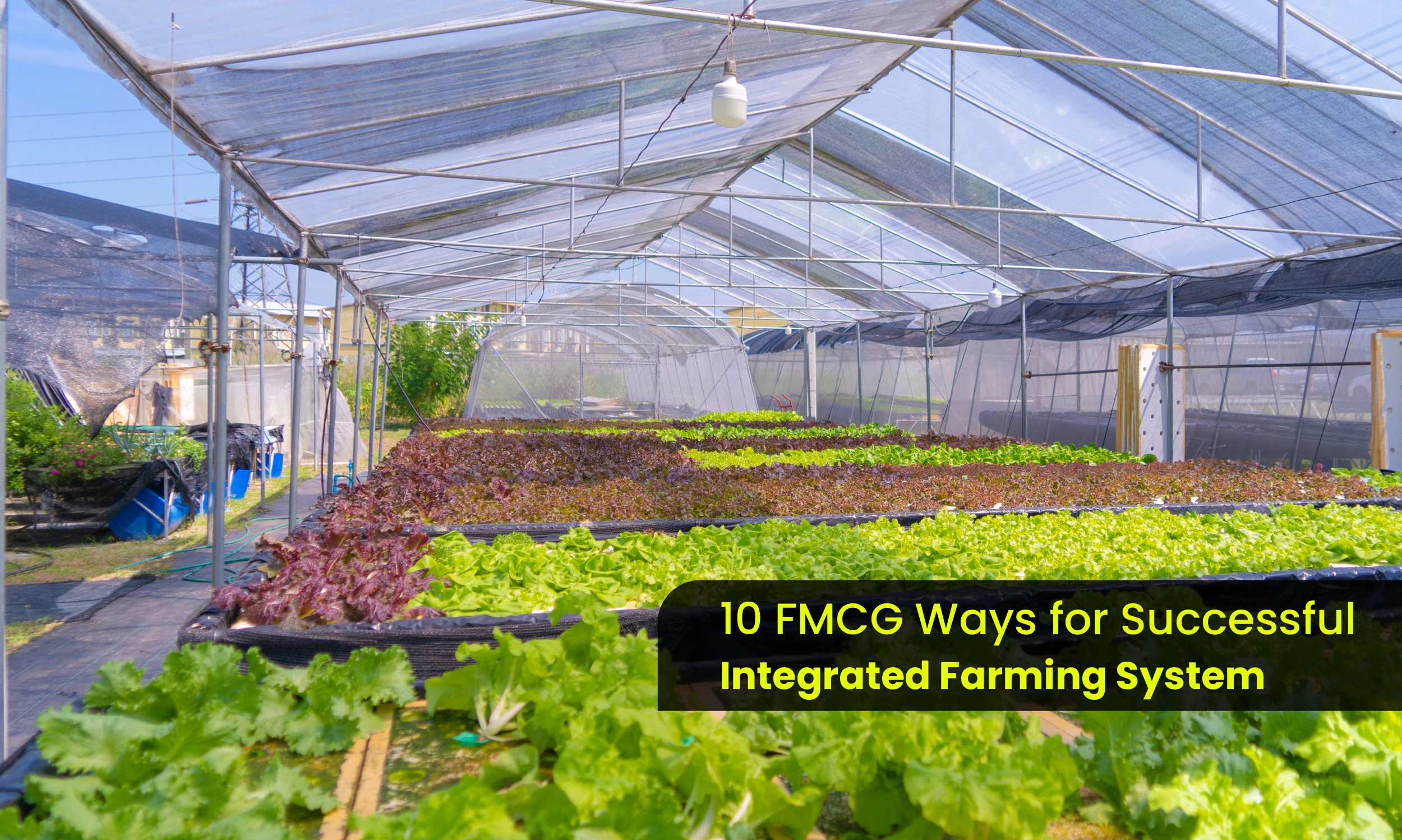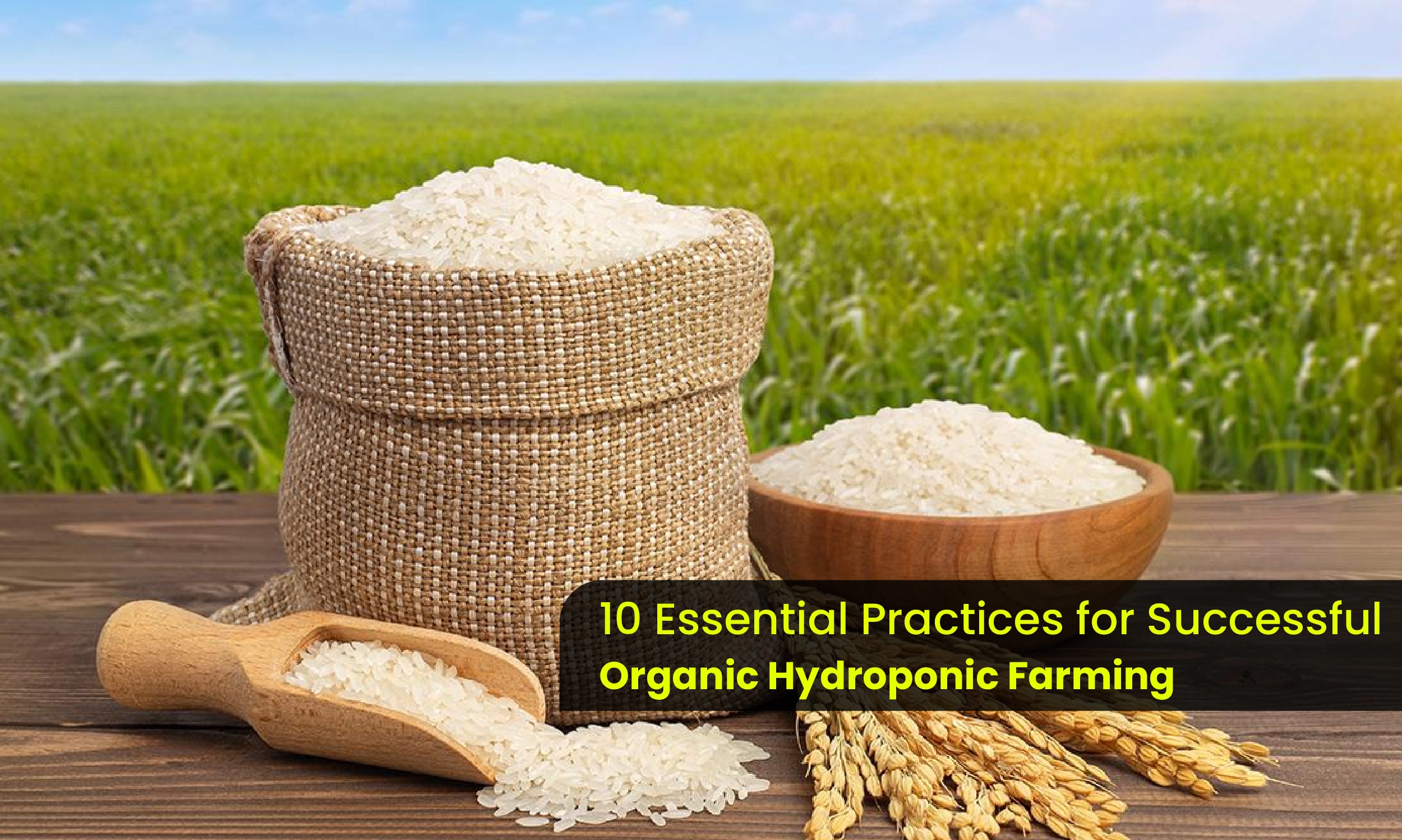Exploring the Main 15 Pros and Cons of Hydroponic Farming System
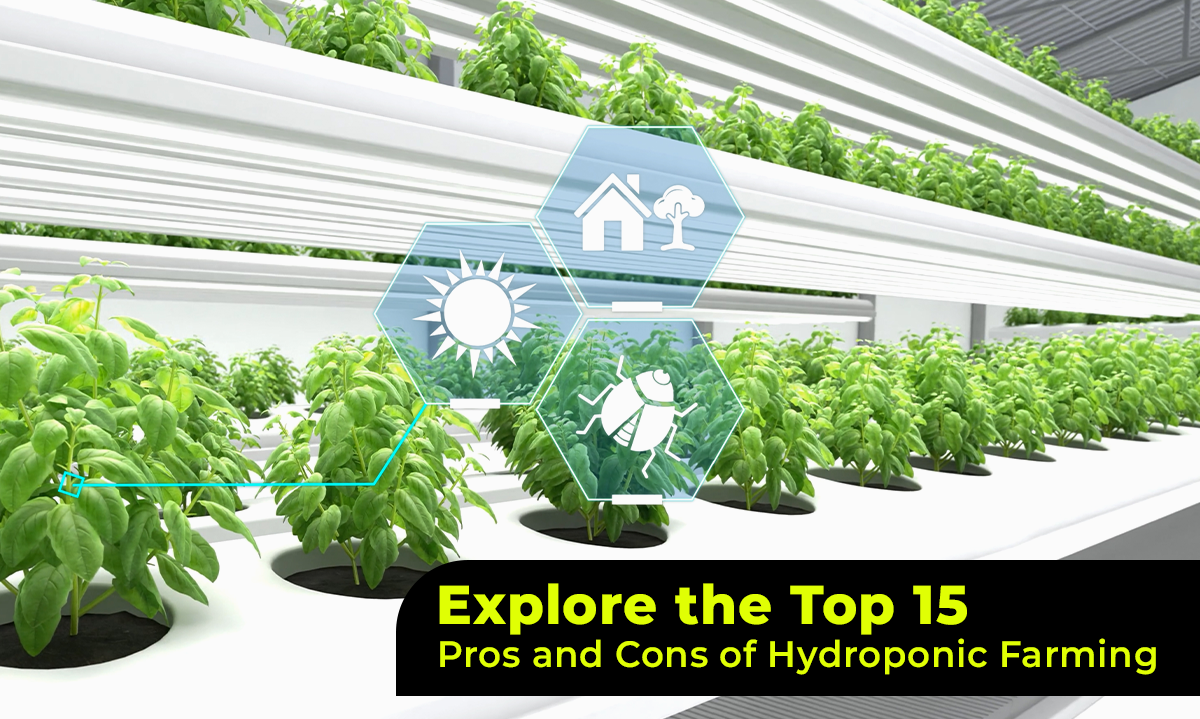
In a world where traditional agricultural practices face challenges such as land scarcity, water limitations, and climate change, hydroponic farming emerges as a beacon of innovation. This revolutionary method involves growing plants without soil, instead utilizing nutrient-rich water solutions. From urban rooftops to sprawling greenhouses, hydroponic farm setups have gained popularity, offering solutions to modern agricultural dilemmas. In this blog, we delve deep into the intricacies of hydroponic farming, exploring its 15 pros and cons to understand its implications on organic hydroponic farming, hydroponic vertical farming, and hydroponic agriculture farming.
Pros:
1. Resource Efficiency:
Hydroponic farming optimizes resource utilization by minimizing water usage up to 90% compared to traditional soil-based farming. This conservation of water resources is crucial, especially in arid regions or areas facing water scarcity.
2. Space Utilization:
With hydroponic systems, farmers can grow crops vertically, maximizing space efficiency. This enables urban farmers or those with limited land access to cultivate crops in areas where traditional agriculture would be impractical.
3. Year-Round Production:
Hydroponic farming isn't constrained by seasonal changes or adverse weather conditions. By controlling environmental variables such as temperature, humidity, and light, farmers can ensure year-round production of fresh, high-quality crops.
4. Enhanced Nutrient Delivery:
Plants grown hydroponically receive a precisely balanced nutrient solution, resulting in faster growth rates and increased yields. This method allows for optimal nutrient absorption, eliminating nutrient deficiencies commonly encountered in soil-based farming.
5.Reduced Pest and Disease Pressure:
The absence of soil in hydroponic farming systems significantly reduces the risk of soil-borne pests and diseases. This minimizes the need for chemical pesticides and fungicides, promoting organic hydroponic farming practices.
6. Greater Crop Control:
Hydroponic systems provide farmers with precise control over environmental factors such as pH levels, nutrient concentrations, and light exposure. This level of control enables customization of growing conditions, leading to healthier and more consistent crop yields.
7. Minimal Environmental Impact:
Compared to traditional farming, hydroponic systems produce less runoff and soil erosion, minimizing environmental degradation. Additionally, hydroponic farming eliminates the need for heavy machinery, further reducing carbon emissions and soil compaction.
8. Faster Growth Rates:
Plants grown hydroponically typically exhibit accelerated growth rates due to the direct access to nutrients and optimized growing conditions. This rapid growth allows for quicker crop turnover, increasing overall productivity.
9. Flexibility in Location:
Hydroponic farming is adaptable to various environments, including urban settings, deserts, and indoor facilities. This flexibility in location enables farmers to establish operations closer to consumer markets, reducing transportation costs and carbon footprint.
10. Higher Crop Yields:
The controlled environment of hydroponic systems, coupled with optimized nutrient delivery, often results in higher crop yields compared to conventional farming methods. This increased productivity can help meet the growing demand for fresh produce worldwide.
11. Water Conservation:
Hydroponic systems recirculate water, reducing overall water consumption and minimizing wastage. Additionally, technologies such as drip irrigation and fogging systems further enhance water efficiency, making hydroponic farming a sustainable choice.
12. Reduced Labor Requirements:
Automation and precision technology in hydroponic farming streamline cultivation processes, reducing the need for manual labor. This not only lowers labor costs but also improves efficiency and scalability, making it attractive for commercial operations.
13. Diverse Crop Selection:
Hydroponic farming supports the cultivation of a wide variety of crops, ranging from leafy greens and herbs to fruits and vegetables. This diversity allows farmers to cater to consumer preferences and market demands, expanding revenue opportunities.
14. Year-Round Income:
The consistent production cycles of hydroponic farming ensure a steady income stream for farmers throughout the year. This stability is particularly beneficial for small-scale growers or those operating in regions with unpredictable growing seasons.
15. Educational Opportunities:
Hydroponic farming presents valuable learning opportunities for students, researchers, and aspiring farmers. Its controlled environment and scientific principles offer a platform for experimentation, innovation, and knowledge sharing within the agricultural community.
Cons:
1. Initial Investment Costs:
Setting up a hydroponic farm can require significant upfront investment in infrastructure, equipment, and technology. While long-term operational savings are achievable, the initial capital outlay may pose a barrier to entry for some farmers.
2. Technical Expertise Required:
Hydroponic farming necessitates a certain level of technical knowledge and expertise in areas such as nutrient management, pH balancing, and system maintenance. Farmers must be proficient in operating and troubleshooting hydroponic systems to ensure optimal performance.
3. Dependency on Electricity:
Hydroponic systems rely heavily on electricity to power lighting, pumps, and climate control systems. This dependency increases operational costs and vulnerability to power outages, especially in remote or off-grid locations.
4. Susceptibility to System Failures:
Any malfunction or disruption in a hydroponic system, such as pump failure or nutrient imbalance, can have detrimental effects on crop health and yield. Regular monitoring and maintenance are essential to prevent system failures and mitigate risks.
5. Risk of Pathogen Spread:
While hydroponic farming reduces the risk of soil-borne diseases, it can still be susceptible to pathogens such as Pythium and Fusarium. Proper sanitation protocols and strict hygiene practices are necessary to minimize the spread of pathogens within hydroponic systems.
6. pH Fluctuations:
Maintaining optimal pH levels in hydroponic nutrient solutions is crucial for plant health and nutrient uptake. Fluctuations in pH can occur due to various factors, requiring frequent monitoring and adjustments to prevent detrimental effects on crop growth
7. Limited Crop Diversity:
Despite supporting a wide range of crops, certain plants may not thrive as well in hydroponic systems compared to traditional soil-based cultivation. Some root crops, for example, may require specialized hydroponic techniques or may not be suitable for hydroponic farming altogether.
8. Vulnerability to Environmental Changes:
Extreme weather events or environmental fluctuations can disrupt the delicate balance of hydroponic systems, affecting crop growth and productivity. Backup systems and contingency plans are necessary to mitigate the impact of unforeseen circumstances.
9. Potential Algae Growth:
Exposure to light and nutrient-rich water can create favorable conditions for algae growth within hydroponic systems. Algae buildup can clog irrigation lines, compete with plants for nutrients, and compromise water quality if not adequately managed.
10. Dependency on Supply Chain:
Hydroponic farming relies on the availability of inputs such as nutrient solutions, growing media, and equipment from external suppliers. Disruptions in the supply chain, whether due to logistical challenges or market fluctuations, can impact farm operations and profitability.
11. Regulatory Compliance:
Farmers engaging in hydroponic farming must adhere to regulatory standards and guidelines governing food safety, water quality, and agricultural practices. Compliance with regulations adds an additional layer of complexity and administrative burden to farm management.
12. Energy Intensive:
The artificial lighting and climate control systems used in hydroponic farming consume significant amounts of energy, contributing to operational expenses and environmental footprint. Implementing energy-efficient technologies and renewable energy sources can help mitigate this impact.
13. Potential for Overfertilization:
Mismanagement of nutrient solutions in hydroponic systems can lead to overfertilization, causing nutrient imbalances and toxicity in plants. Careful monitoring and precise dosing are essential to prevent adverse effects on crop health and quality.
14. Perception Challenges:
Despite its numerous benefits, hydroponic farming may face skepticism or resistance from consumers accustomed to traditional farming methods. Educating consumers about the safety, sustainability, and nutritional value of hydroponically grown produce is crucial for wider acceptance and market adoption.
15. Market Volatility:
The market for hydroponically grown produce may be subject to fluctuations in consumer demand, pricing dynamics, and competitive pressures. Farmers must adapt to market trends and consumer preferences to maintain profitability and market share.
Hydroponic farming represents a transformative approach to agricultural production, offering a plethora of benefits ranging from resource efficiency and year-round production to enhanced crop control and reduced environmental impact. However, it is not without its challenges, including initial investment costs, technical complexity, and susceptibility to system failures. By carefully weighing the pros and cons, farmers can make informed decisions about adopting hydroponic farming systems and harnessing their potential to cultivate healthy, sustainable, and resilient food systems for the future.
Latest blogs
JOIN OUR COMMUNITY !
Stay connected with Getfarms! Follow us on social media for the latest updates, exclusive offers, and a glimpse into the world of farmhouse living. Join our community today
